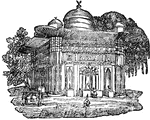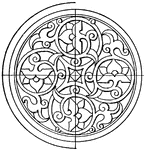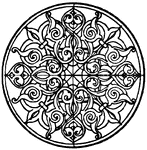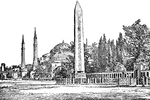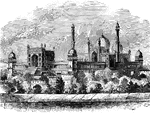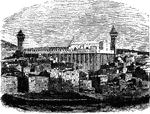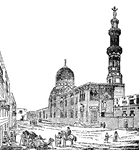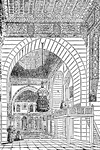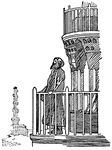Clipart tagged: ‘mosque’

Arabesque
"Means merely after the Arabian manner; and, so far as etymology is concerned, might therefore be general…

Mosque of Cordoba
The Mosque of Cordoba was a former mosque and today is a Roman Catholic Cathedral located in the Andalusian…
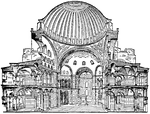
Hagia Sophia
Cross section of Hagia Sophia in Istanbul (historically Constantinople). The Greek name Hagia Sophia…

Dome System of Hagia Sophia
"Dome-System of the Church of Sta. Sophia at Constantinople. The Byzantine style of this first period…

Exterior of Hagia Sophia
"Exterior of the Church of Sta. Sophia at Constantinople. Although the impression conveyed by this church…
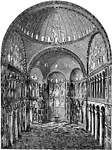
Interior of Hagia Sophia
"Interior of the Church of Sta. Sophia at Constantinople. Besides the Narthex, there was a second vestibule:…
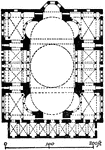
Plan of Hagia Sophia
Hagia Sophia is a former patriarchal basilica, later a mosque, now a museum in Istanbul, Turkey. Famous…

Section of Hagia Sophia
Hagia Sophia is a former patriarchal basilica, later a mosque, now a museum in Istanbul, Turkey. Famous…

Section of Hagia Sophia
"Section of the Church of Sta. Sophia at Constantinople. The Byzantine style of this first period reached…
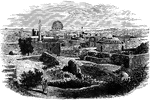
Jerusalem Cityscape
The Dome of the Rock is seen in the center of this view of tho Old City of Jerusalem. The Dome of the…

Mosque of Cordova
The interior of the Mosque of Cordova, also called the Mezquita, is a Catholic Christian church located…
